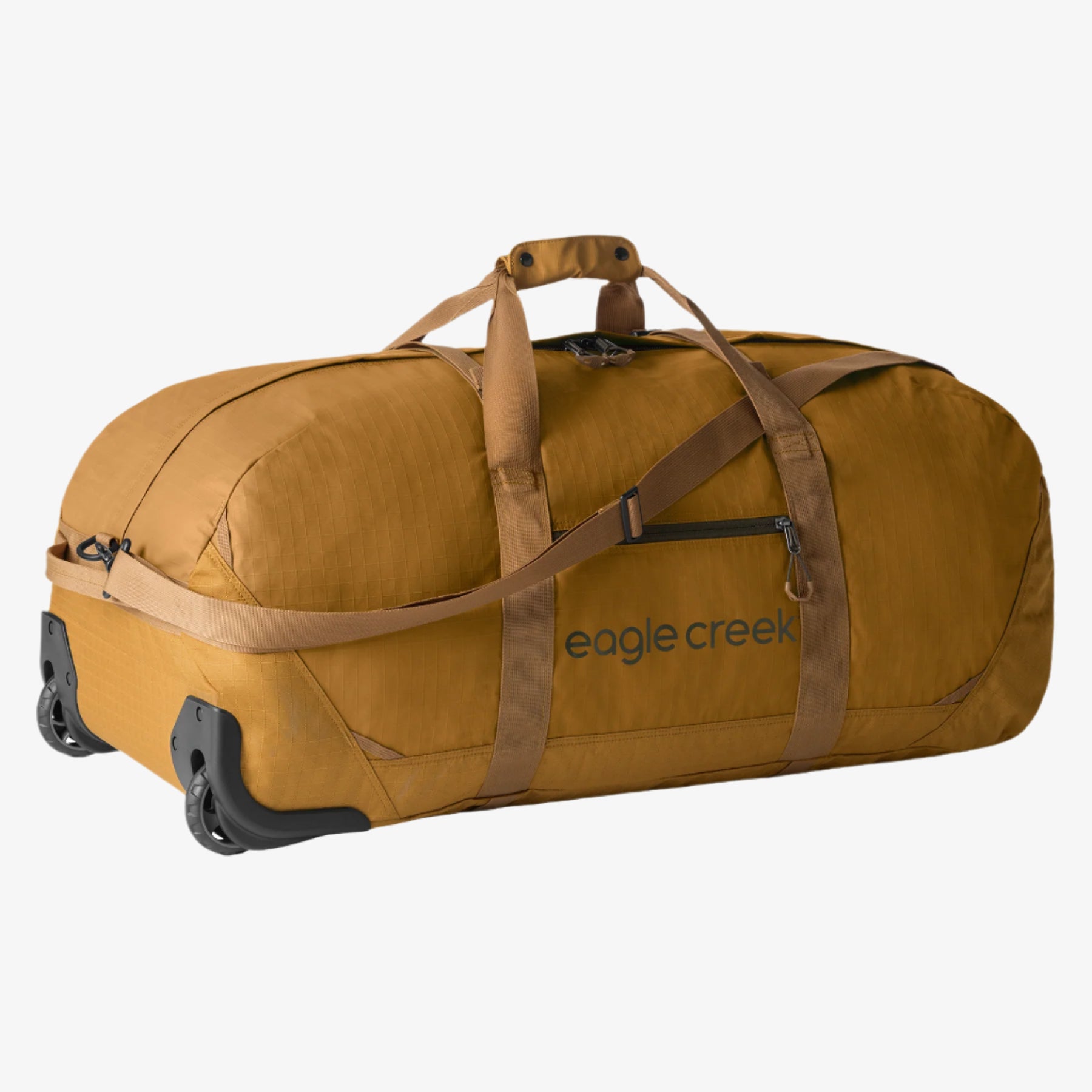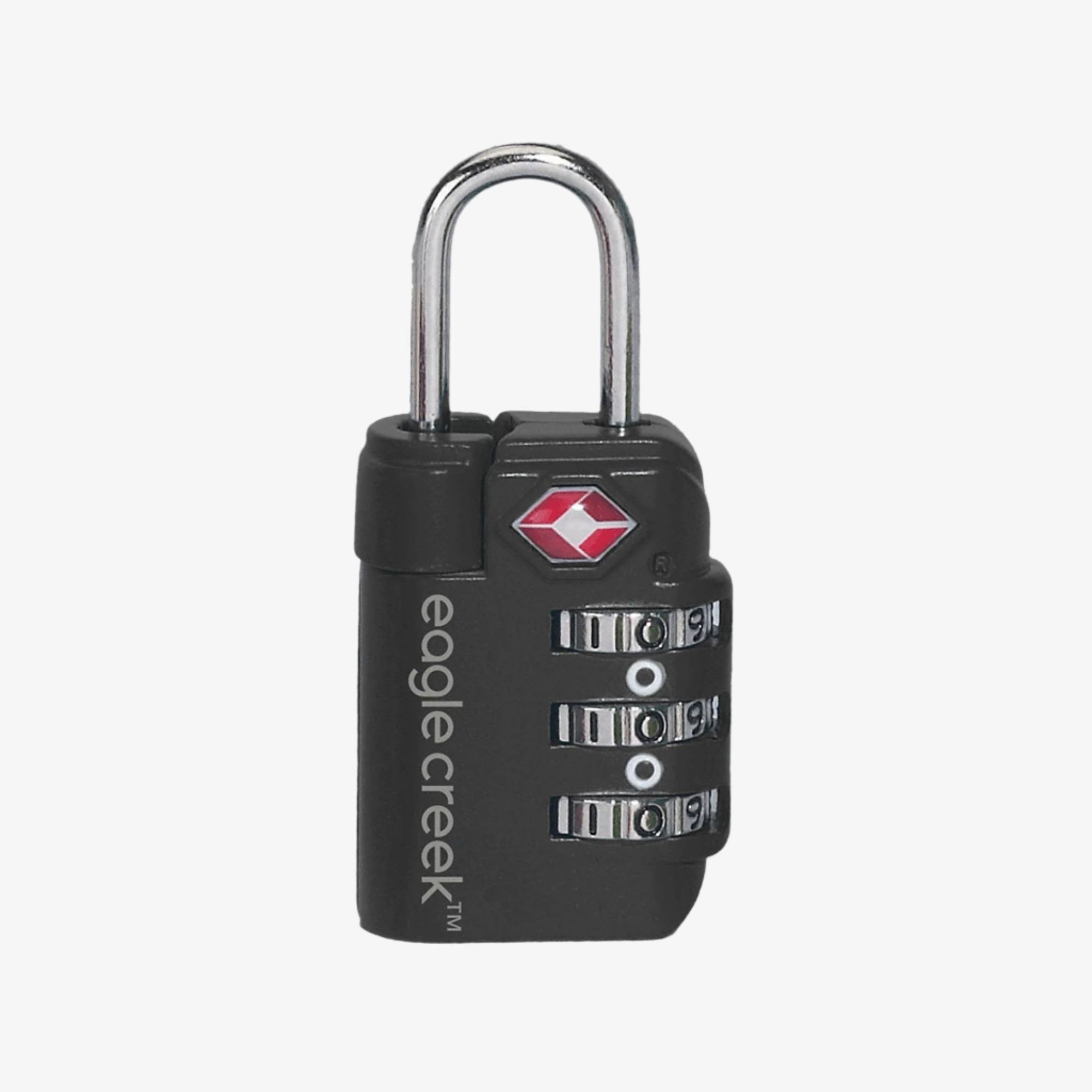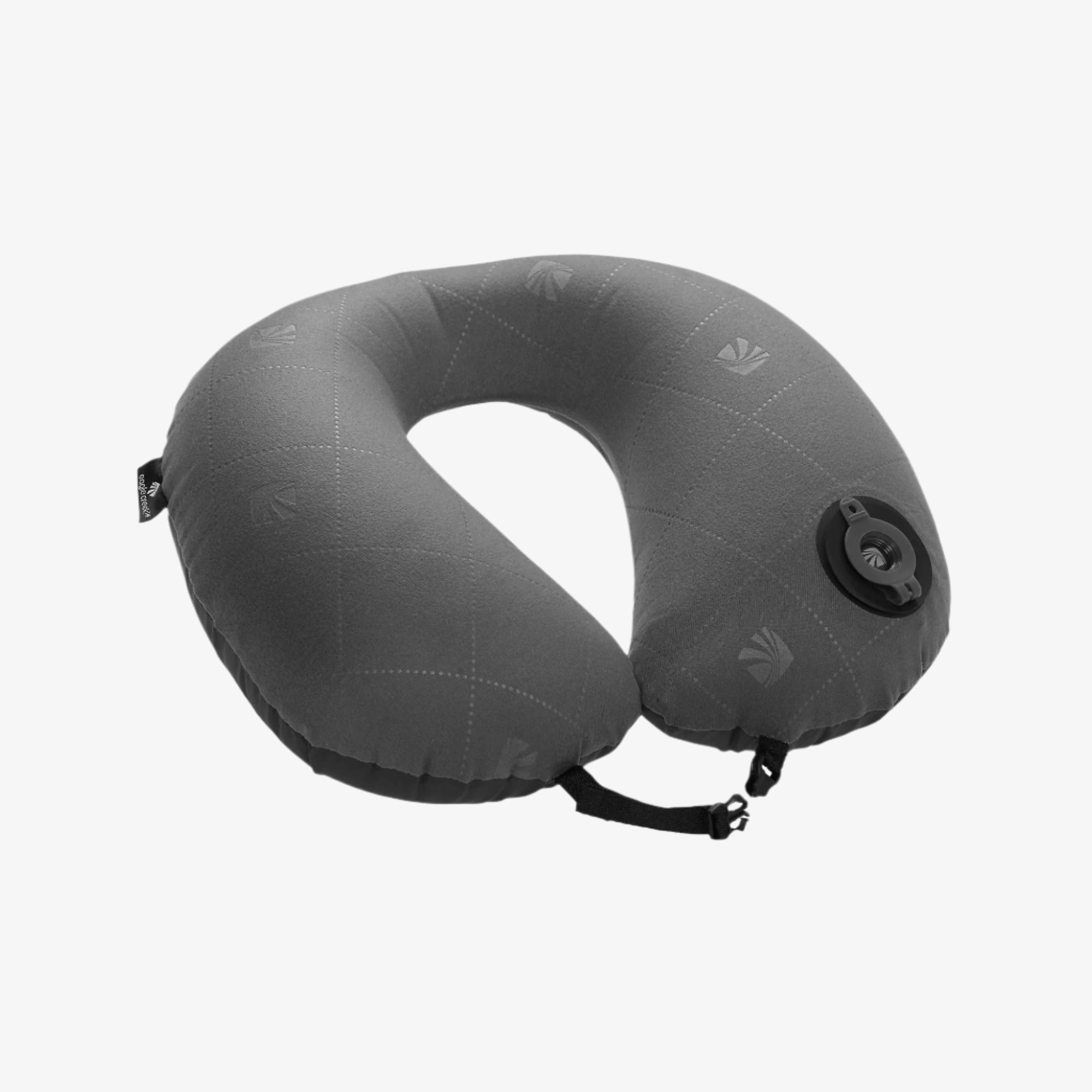
If you’re traveling abroad, you might think some of the local dining customs are unusual. Follow them anyway to avoid stare-downs from locals and to have more of an authentic experience.
When you’re traveling to a new country, you’ll want to sample as much of the delicious cuisine as you can. When you’re eating out, though, just try your best to fit in (even when it’s obvious you are a foreigner) to avoid the dreaded side eye from locals. You never know if a gesture or mannerism that is perfectly acceptable at home may be considered rude abroad, so it’s always a smart idea to know the local dining customs. Below are a few tips to keep in mind.
1. Slurp up in Japan.
When hunger strikes in Japan, line up for a spot at a famous ramen counter. Forget what your mom told you about politely eating soup, though. Here, slurping is welcome and even encouraged. In busy, crowded cities like Tokyo, you don’t want to occupy your seat for too long. That’s why locals slurp down the broth as quickly as they can. (It’s OK if your mouth gets a little burnt in the process.) Go ahead and pick up your bowl and slurp away at the noodles and broth—no one will think you are being rude.
2. Don’t ask for a doggie bag in Italy.
One of the main reasons to travel to Italy is to enjoy all the amazing pasta and pizza. Don’t order more than you plan to eat, though. Italian dining is considered a sacred experience, and no Italian would dare ask for a to-go bag or box. If you’d like something to go, consider going to a supermarket or takeaway counter instead of a sit-down restaurant. Some pizzerias will let you carry out your slice or pie, too.
3. Don’t eat with your left hand in India, parts of the Middle East, and parts of Africa.
In Southern India, parts of the Middle East, and some Central and Southern African countries, you won’t see any silverware when eating out. That’s because you’ll use rice or bread as a vehicle to scoop up your food (all the more reason to opt for a backpack for hands-free travel!). Never use your left hand to pick up a bite, though. That’s actually the hand you’ll use for something else important—after using the toilet. Work on the technique of using the thumb and first two fingers on your right hand to scoop. And always wash your hands before sitting down to eat!
4. There’s no need for chopsticks in Thailand.
Unlike in some Asian countries, the chopstick is not a primary utensil in Thailand. Instead, you’ll find spoons and forks—though no knives—in most restaurants. If you need to cut something, use the side of the spoon then move your food onto the fork. You can keep your spoon in your right hand (if you’re right-handed) as you eat and your fork in your left. It might seem a little awkward at first, but you’ll quickly adjust to this way of eating.
5. Eat tacos with your hands in Mexico.
When you’re traveling south of the border, you’ll want to enjoy as many types of tacos as you can. Just be sure to eat them with your hands—even in restaurants. Mexicans would not only consider someone eating tacos with a knife and fork to be strange, but snobby. Remember, sometimes it’s ok to be a little messy. After all, you’d rather change your shirt than be considered a snob, right? (You can always keep extra wipes and laundry detergent in a toiletry cube back at the hotel.)
Keep your currency safe in a waist pack or undercover money belt so you can spend more time enjoying your meal and less time worrying about your wallet!
Related Links (from Eagle Creek blog):
6 Ways to Explore Tokyo Like a Local







































